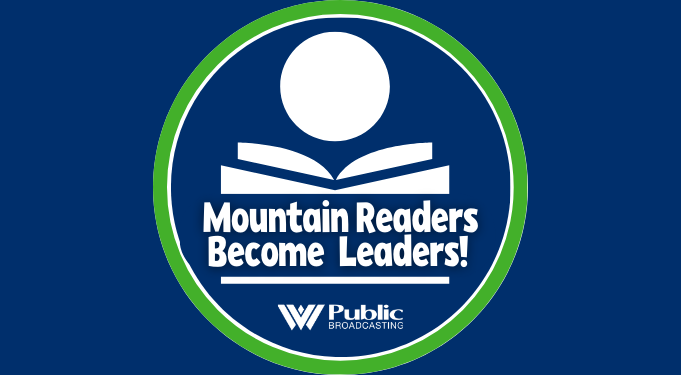On January 1st, Supplemental Nutrition Assistance Program (SNAP) benefit requirements changed for about 38 thousand adults in West Virginia. These individuals must now meet a work requirement of 20 hours a week or be enrolled in a work or education-related training program to continue receiving food assistance. Those who do not meet these requirements will cease to be eligible for benefits after three months.
The change affects adults ages 18-50 with no documented disabilities or dependent children in the nine West Virginia counties with the lowest unemployment in the state: Berkeley, Cabell, Harrison, Jefferson, Kanawha, Marion, Monongalia, Morgan, and Putnam.
————
At the Covenant House Food Pantry in Charleston, Misty White is helping her elderly mother pick out groceries. White doesn’t currently use the food pantry herself, she has SNAP benefits, but says she might have to start soon.
“What I get a month,” White says, “I survive all month on it. I make it stretch, I make meals that will last a couple days, three days.”
White gets $194 a month in food assistance. It’s her only source of income for food – she is currently unemployed.
But the West Virginia Department of Health and Human Resources says benefits like White’s weren’t intended to be used the way they are now.
“The SNAP program is a supplemental assistance program. It was never meant to be the only source for the purchasing of food,” said Nancy Exline, Commissioner of the West Virginia Bureau for Children and Families, which falls under the DHHR.
“And over the course of the last couple of years federally, the USDA food nutrition services have been moving to more of an employment and training programs to try to help those individuals, particularly those individuals that have no source of income and are in this population of individuals that are really in the prime of their, should be, working career and to figure out ways, in which we can utilize training and employment to help them get into the workforce.”
Exline says the change is not meant to be a punishment, rather it’s an attempt to slowly return the SNAP program to how it was originally intended to be used – as a stopgap between employment or as a supplement for working adults. However, critics say that the change is penalizing the most disadvantaged – the poorest of the poor.
Back at the food bank, White says she will have to find a job – hopefully as a cashier at Wal-Mart where she has worked before. She says a physical disability, arm weakness that caused her to drop things, has prevented her from working for the past couple of years, but her doctor recently cleared her to start looking again.
“When I was working there nine years ago, when I left there I was making $9 an hour,” she said. If White worked at Wal-Mart for $9 an hour, 40 hours a week she would make just over $1400 a month. The problem, she said, is that many cashier positions are part-time.
She said she is worried that if she is only able to find employment for 15 hours a week (five hours shy of the required 20) she would lose her benefits. But Exline says that’s not necessarily true.
“An individual is being asked to take some responsibility for the benefits that they receive” said Exline. “If they lose those benefits it’s because they did not register and work with workforce. That’s the only way they lose their benefits.”
Exline says most individuals receive a little over a $100 a month in SNAP benefits.
“We’re just simply trying to enforce and utilize what is available through the federal government to try to move individuals into employment. They may not go into employment, they may go into a training program, they may work some community service. There’s lots of different things that they can do. They won’t be cut off as long as they are doing those things.”
The three-month time limit on SNAP benefits for unemployed, able-bodied adults is actually nothing new. Prior to Great Recession of 2008, it was standard federal law. When unemployment was high, though, states could request waivers of the time limit for either all or part of the state. For the past several years, the entire state of West Virginia has been exempt from the time limit.
“The waiver that we had had in 2011 that said everyone could be waived off of this was being eliminated,” said Exline. “So we thought this was an opportunity for us to help those receiving SNAP benefits.”
Federal waivers are now available to states on a year-by-year basis. For 2016 West Virginia chose not to apply for the waiver in the nine counties with the lowest unemployment rates as part of their “plan moving forward,” according to Exline in an email exchange. The idea is that the SNAP Employment and Training program has the greatest likelihood of success when piloted in these areas.
Exline says the state will evaluate the program every year and submit its plans to the USDA for approval.
Appalachia Health News is a project of West Virginia Public Broadcasting, with support from the Benedum Foundation.
























